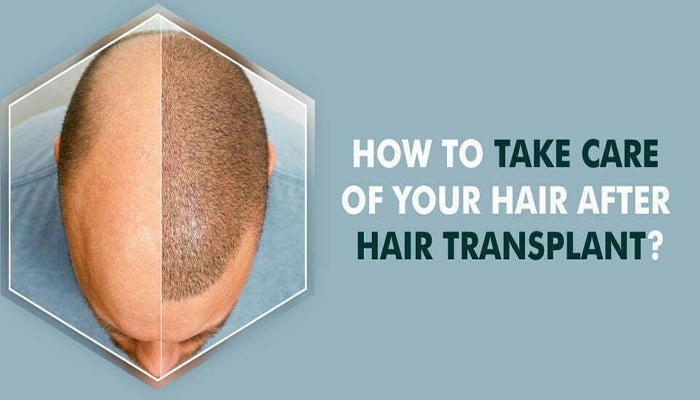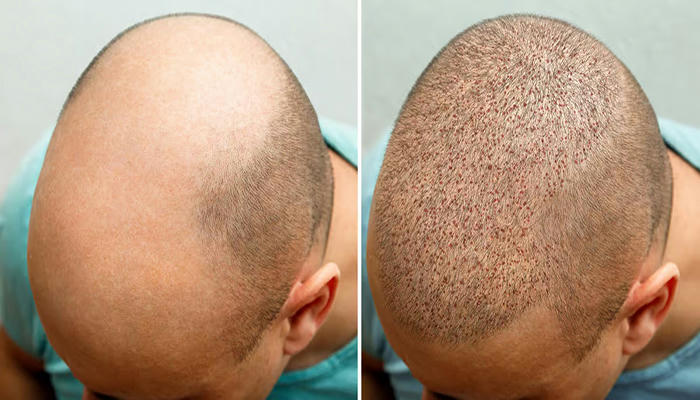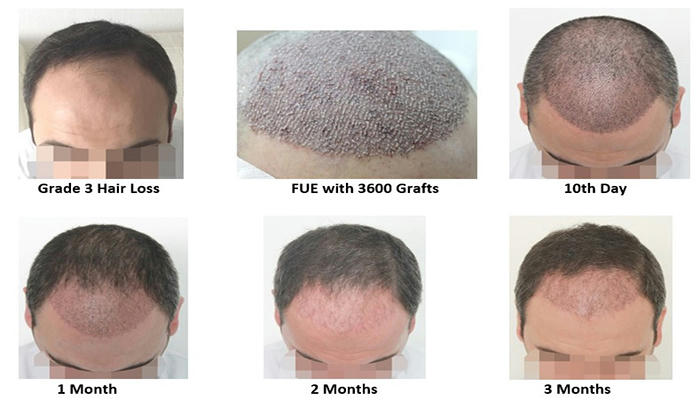Post-Transplant Hair Care: Essential Tips for Long-Lasting Results
Hair transplantation is a life-changing solution for those struggling with hair loss, but the success of the procedure doesn’t end in the operating room. Proper aftercare is crucial to ensure the transplanted hair thrives and delivers the desired results. This guide covers everything you need to know about post-transplant care, from the immediate recovery period to long-term maintenance, so you can enjoy a fuller, healthier head of hair.

Immediate Post-Transplant Care (First Few Days)
1. Rest and Recovery
Take It Easy: Avoid strenuous activities and keep your head as still as possible to prevent swelling and irritation.
Elevate Your Head: Sleep with your head slightly elevated to minimize swelling, which is common after the procedure.
Time Off: Consider taking a few days off work or other responsibilities to focus on healing.
2. Protect Your Scalp
Avoid Touching: Refrain from touching, scratching, or rubbing the donor and recipient areas to prevent infection or dislodging grafts.
Follow Medication Instructions: Take prescribed antibiotics or pain relievers as directed to manage discomfort and reduce the risk of infection.
3. Washing Your Hair
First 48 Hours: Avoid washing your hair entirely to allow the grafts to settle.
Gentle Washing After 48 Hours:
•Use lukewarm water and a mild, doctor-recommended shampoo.
•Gently pour water over your head and apply shampoo with your fingertips—no scrubbing.
•Rinse thoroughly and pat dry with a soft towel. Avoid blow dryers initially.
Care from One Week to One Month Post-Transplant

1. Protect Your Scalp
Avoid Sun Exposure: Wear a hat or use sunscreen to protect your scalp from harmful UV rays.
Skip Pools and Saunas: Avoid swimming or using saunas, as chlorine and heat can irritate the healing scalp.
2. Gradual Return to Activities
Light Exercise: You can resume light activities after a week, but avoid vigorous workouts that cause sweating or strain on the scalp.
Listen to Your Body: Gradually reintroduce normal activities to avoid stressing the healing areas.
3. Promote Healing
Moisturize: Use prescribed ointments or lotions to keep the scalp hydrated and promote healing.
Scalp Massages: Gently massage your scalp to improve blood circulation, which supports hair growth.
Long-Term Care Strategies
1. Regular Follow-Up Appointments
Monitor Progress: Attend scheduled follow-ups (e.g., at one month, three months, six months, and one year) to track hair growth and address any concerns.
Stay Connected: Maintain open communication with your surgeon for personalized advice.
2. Healthy Lifestyle Choices
Balanced Diet: Eat foods rich in protein, iron, zinc, and omega-3 fatty acids to support hair health.
Stay Hydrated: Drink plenty of water to keep your scalp and hair hydrated.
3. Ongoing Scalp Care
Gentle Hair Washing: Continue using mild shampoos and avoid harsh chemicals.
Regular Massages: Stimulate blood flow with regular scalp massages.
Hydration: Use moisturizers or serums recommended by your doctor to maintain scalp health.
What to Avoid After a Hair Transplant

To ensure the best results, steer clear of the following:
Smoking and Alcohol: These can impair blood circulation and slow healing.
Scratching or Rubbing: Avoid any actions that could irritate or damage the grafts.
Excessive Sun Exposure: Protect your scalp from UV rays to prevent damage.
Skipping Follow-Ups: Regular check-ups are essential to catch and address issues early.
Conclusion
Proper post-transplant care is the key to achieving long-lasting, natural-looking results from your hair transplant. By following these guidelines—resting adequately, protecting your scalp, practicing gentle hygiene, maintaining a healthy lifestyle, and attending regular follow-ups—you can maximize the success of your procedure.
While it may take several months to see the full results, the effort you put into aftercare will pay off with a fuller, healthier head of hair. Remember, patience and consistency are your best allies on this journey. By working closely with your healthcare provider and adhering to these tips, you’ll be well on your way to enjoying a confident, vibrant appearance for years to come.
